Ever had a tiny wound—maybe from a piercing, acne, or just a small scratch—that later turned into a shiny, hard bump that kept growing over time? That could be a keloid.
Keloids are overgrown scar tissue that form when the body continues to heal a wound beyond what is necessary for the wound to heal.
Instead of stopping when the wound closes, the body continues to produce collagen, resulting in a raised, often shiny bump. Keloids most commonly appear on the chest, shoulders, back, cheeks, and earlobes.
They can sometimes feel itchy or uncomfortable. And yes, they can even form from something as minor as a pimple—or from a wound you didn’t even realize you had!
What Causes Keloids?
The exact cause of keloids isn’t yet fully understood. What we do know is that they occur when the body produces too much collagen during the healing process.
Collagen is essential for skin repair, but when it’s produced excessively, the result can be a keloid.
Several factors increase your risk of developing keloids:
- a family history of keloids;
- darker skin tones (more common in people of Asian, African, or Latin descent);
- younger age;
- skin trauma from surgery, injections, acne, piercings, or tattoos.
Are Keloids Dangerous?
Medically speaking, keloids are not dangerous and are not cancerous. But they can still be distressing, especially if they appear in visible areas or interfere with movement. For many people, it can take a toll on their self-confidence.
The good news is: Keloids can be prevented, especially if you already know you’re prone to them. Try to avoid unnecessary skin trauma, such as piercings or tattoos.
If you need to undergo a medical procedure, be sure to inform your doctor about your history with keloids so they can take preventive measures to minimize the risk of keloid formation afterward.
Most importantly, take good care of wounds from the very beginning to ensure proper healing. That’s where wund+™ Scar Gel comes in.
wund+™ Scar Gel: Smart Scar Care from the Start
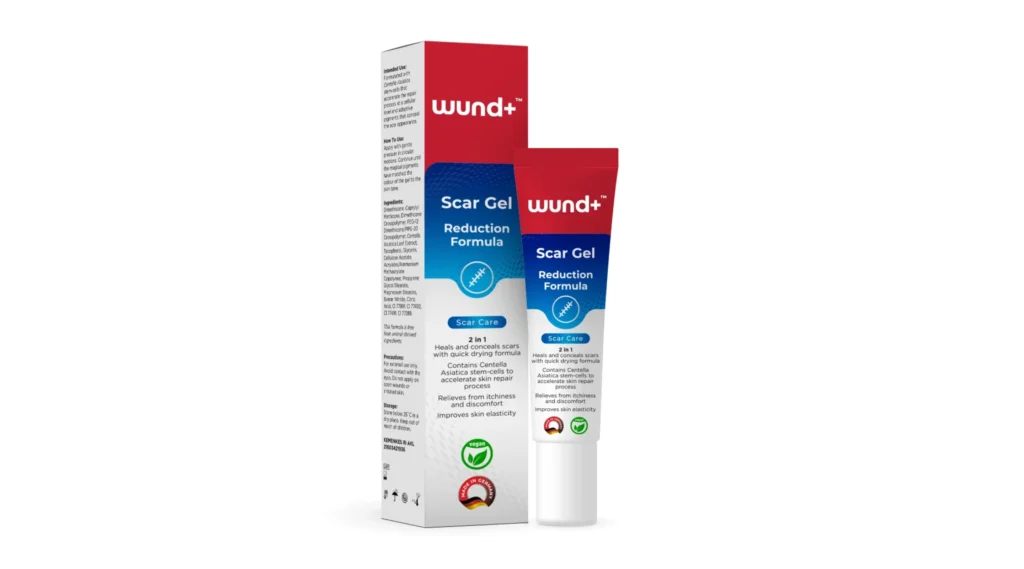
wund+™ Scar Gel is specially formulated to help prevent and treat scars, including keloids and hypertrophic scars.
It contains stem cells from Centella Reversa, which support skin regeneration, regulate collagen production, and improve skin texture from within.
Thanks to its lightweight gel texture that absorbs quickly, wund+™ Scar Gel can be applied early in the healing process (once the wound is closed) or even on older scars.
With regular use twice a day, it helps to:
- Fade the color and texture of scars;
- relieve itching or discomfort;
- prevent the formation of new keloids.
It’s perfect for anyone recovering from surgery, piercings, severe acne, or other skin injuries that could leave lasting marks.
Take action early—heal smarter with the proper scar care!
Even the most minor wounds can have a significant impact if not treated properly.
References
American Academy of Dermatology Association. Accessed in 2025. Keloid Scars: Causes.
Cleveland Clinic. Accessed in 2025. Keloid Scar.







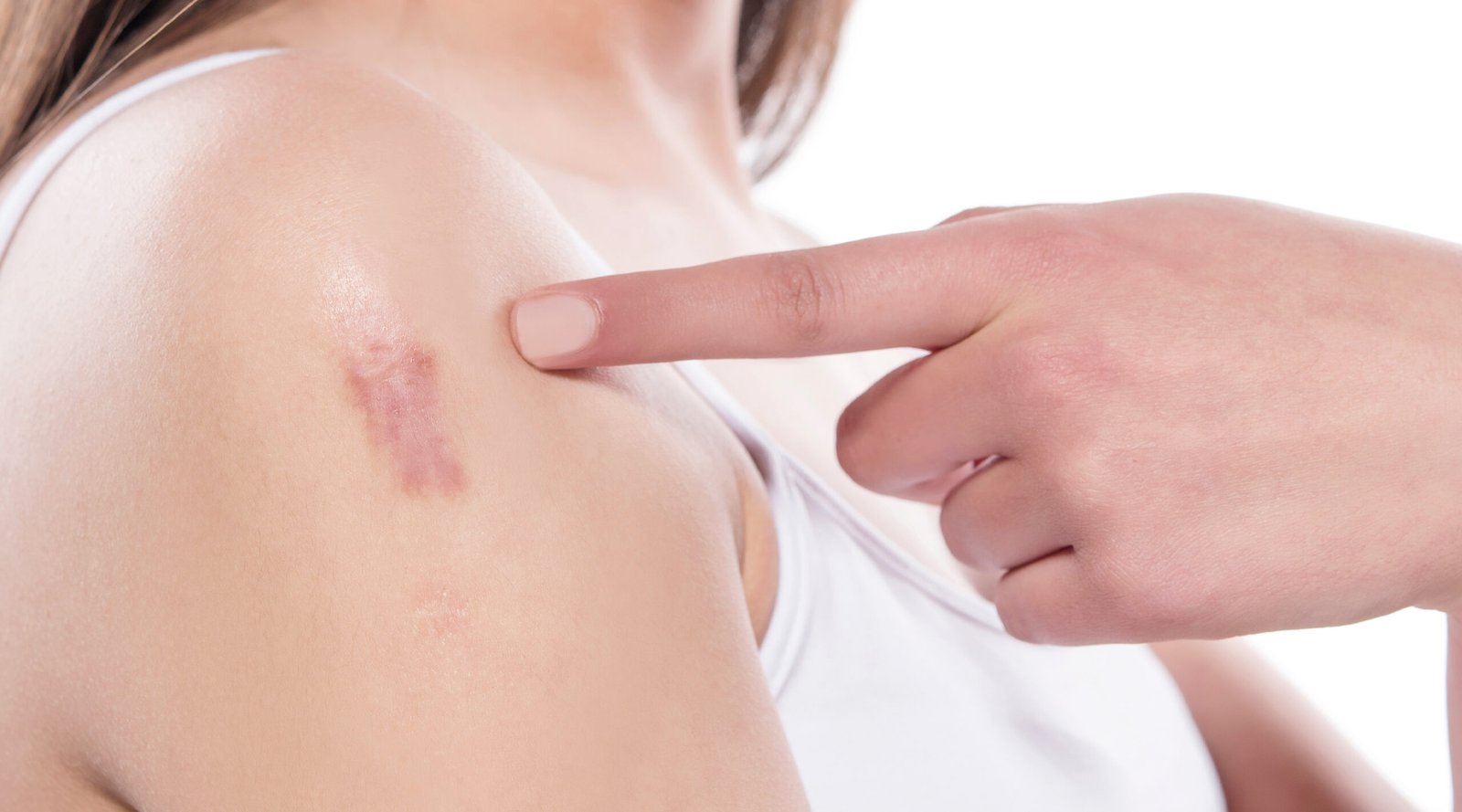

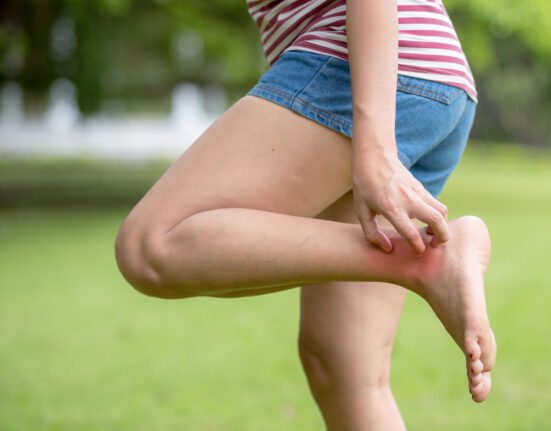
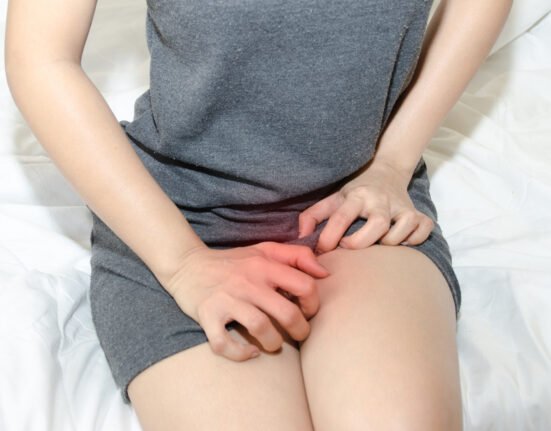
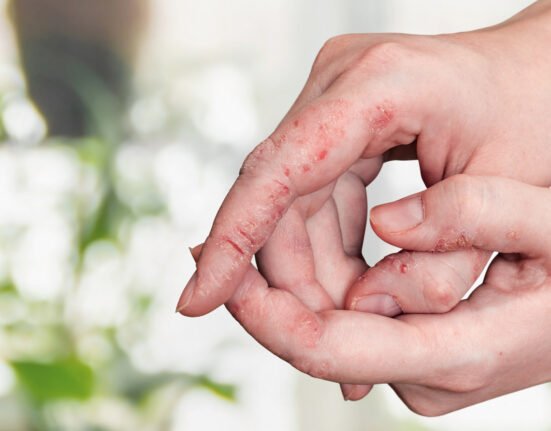

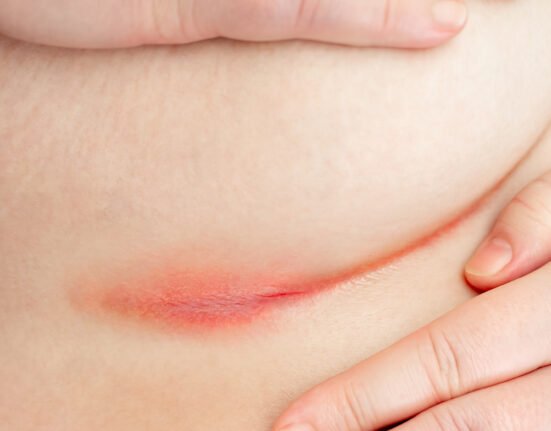
Leave feedback about this